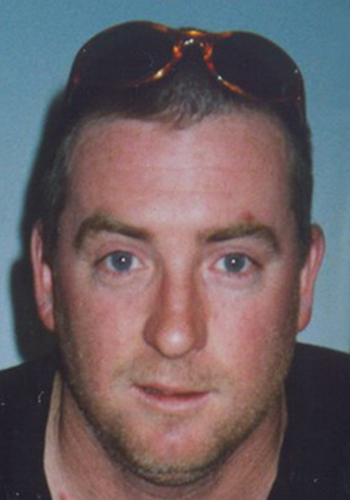The investigation process
What happens in the first 24 hours and beyond following a missing persons report?
State and Territory police are the lead in managing and investigating a missing person’s case, including taking the initial missing persons report.
In some States and Territories, the dedicated Missing Persons Unit may also be involved to coordinate the case, and provide advice to your case officer/local police.
Throughout the investigation it’s important to keep a record of conversations, police report number and contact officer details, and anything of interest about the missing person.
Early stages
During the early stages it is important to support your case officer’s efforts and to work together. Establish how often they will be in contact with you to provide updates and how you can contact them.
Police will use the information you have provided to consider all lines of enquiry, which are appropriate and necessary in the circumstances, to try and locate the missing person. The police will provide information, where possible, on what is being done.
Typical lines of enquiry may include:
- Searching the home address of the missing person to confirm they are not there and to establish if there is any information or evidence that can help find them.
- Searching the area where the person was last seen (if different to their home address).
- Checks with local hospitals.
- Checks with mobile phone providers, financial institutions, and social media accounts.
- Checks on mobile phone(s) and devices used by the missing person, including internet search history.
- Checks with other State and Territory police, or the Missing Persons Unit, where applicable.
- Door knocks and house-to-house enquiries near where your missing person was last seen, as well as their home address.
- Reviewing closed circuit television (CCTV) footage.
- Interviews with family and friends, acquaintances, colleagues.
- Coordinating media coverage to raise awareness or appeal for information.
Depending on the circumstances of the disappearance, police may also involve the use of Search and Rescue personnel to conduct specialist searches (for example, using helicopters, divers, or dogs).
It’s important to keep a record of conversations, details about the missing person and anything you can think of while it’s fresh in your mind throughout the missing person’s investigation. Even if you don’t see it as relevant, this information may prove beneficial to you or police at some stage during the investigation. Record this information in the same place so it’s easily found, and almost becomes a timeline or diary.
Some records you should keep:
- The contact details of the officer who took your initial missing person’s report including their name, rank, station, phone and email, and any subsequent officers you deal with during the course of the investigation.
- The case number corresponding to your missing person’s report and investigation. Police will inform you of the case number, however if they don’t, you should ask for it as all information will be filed under this ‘job’.
- Keep detailed records of everyone you speak to in relation to your missing person, including dates and times, names and numbers, information provided etc.
- Any action you need to take to preserve samples for forensic collection. For example, you may need to limit access to your home until police have collected possible evidence or put aside items such as hairbrushes, tooth brushes for DNA collection.
Beyond three months
When a person has been missing for more than three months, they are classified as a ‘long-term missing person’.
At this point, your local police (through the State and Territory Missing Persons Unit) will provide the National Missing Persons Coordination Centre (NMPCC) with profile information (and a recent photo of the person missing) for inclusion on the Australian Public Register (hosted at missingpersons.gov.au).
If your local police haven’t already done so in the early stages of the investigation, authority to publish the missing person’s details will be sought from the next of kin (NOK) prior to the profile being submitted to the NMPCC for publicity.
Forensic collection
During the first three months of a person’s disappearance you will be asked by police to provide forensic or DNA samples. Forensic collection forms part of a standard missing person’s investigation. When collection takes place, will be dependent on the circumstances surrounding the investigation.
The National Missing Persons and Victim System (NMPVS) provides a national platform for State and Territory Police Missing Persons Units and Forensic examiners to search and compare long-term missing persons against unidentified human remains.
Once a person has been identified as a long-term missing person (missing for more than three months), the missing person’s profile will be uploaded to the NMPVS. This will allow for unidentified human remains to be matched to profiles of missing persons, if matches exist. That is, if a bone is found in NSW matching the description of someone who went missing in the Blue Mountains, the system will notify the relevant Missing Persons Unit of this match, and the likelihood of the bone being of that person can be investigated further.





